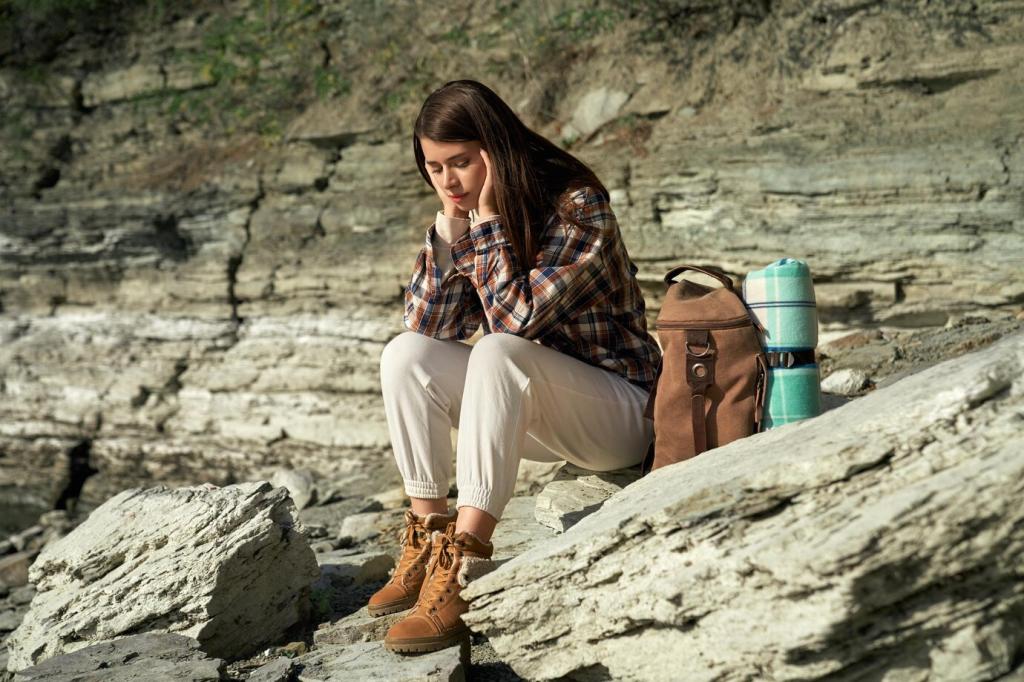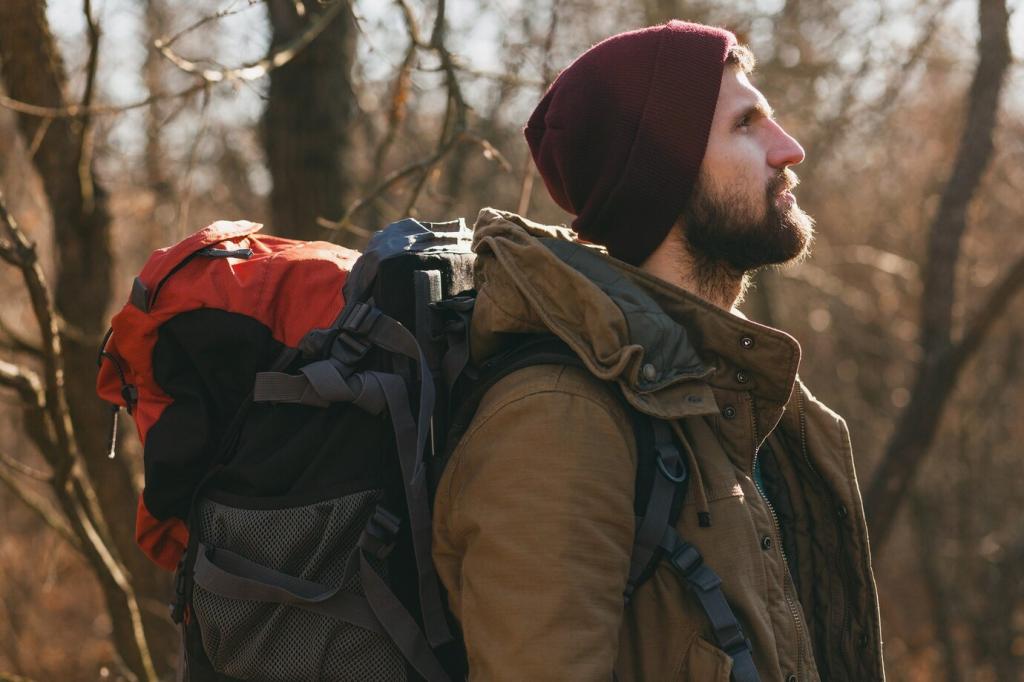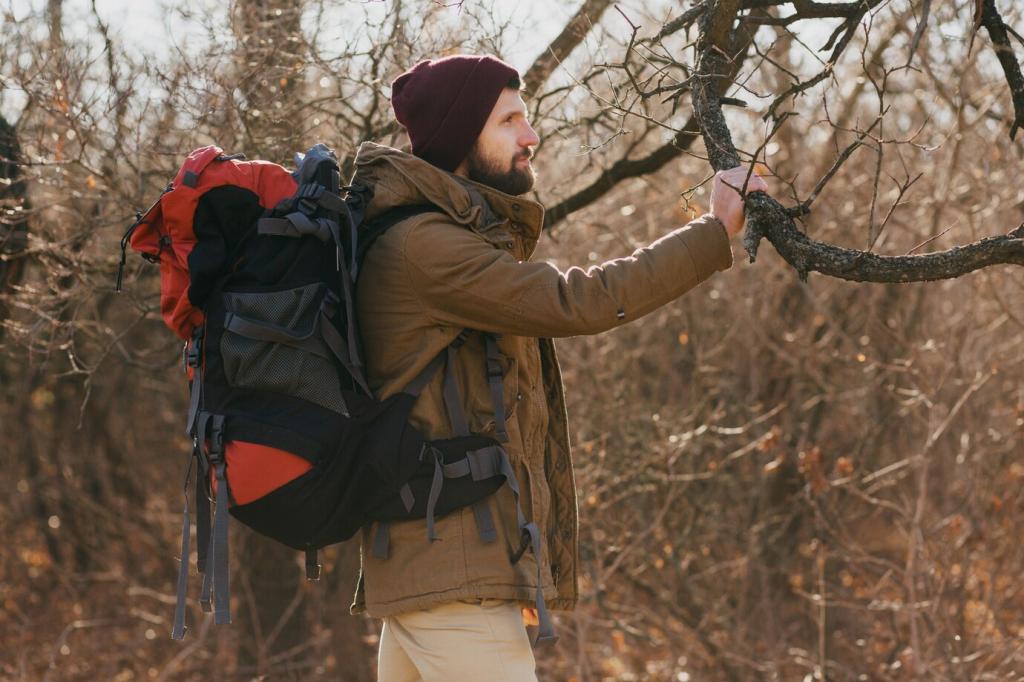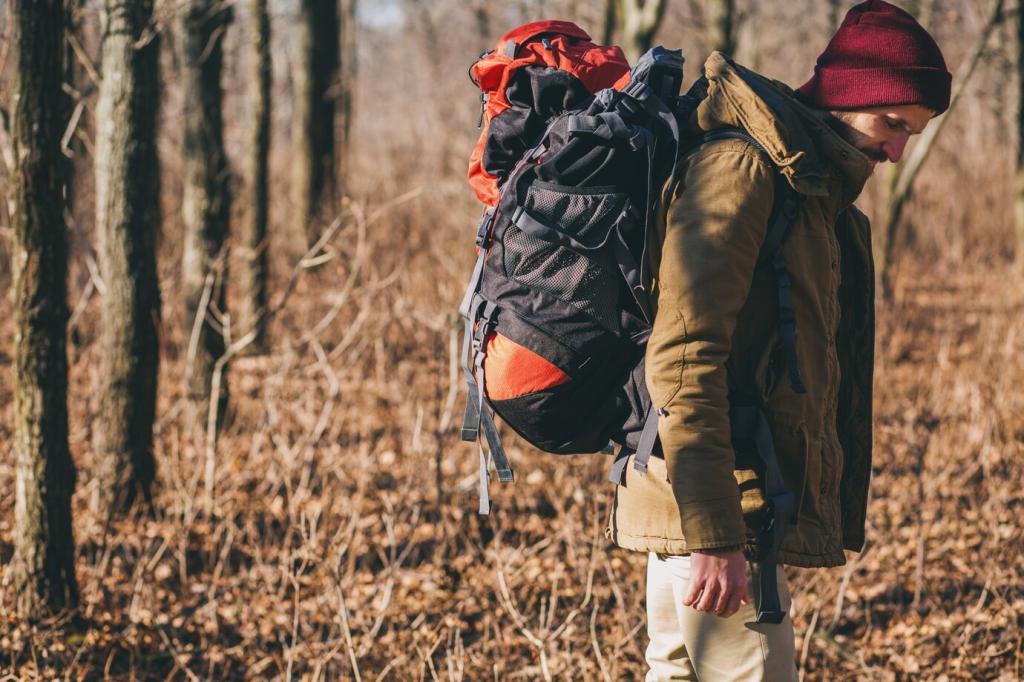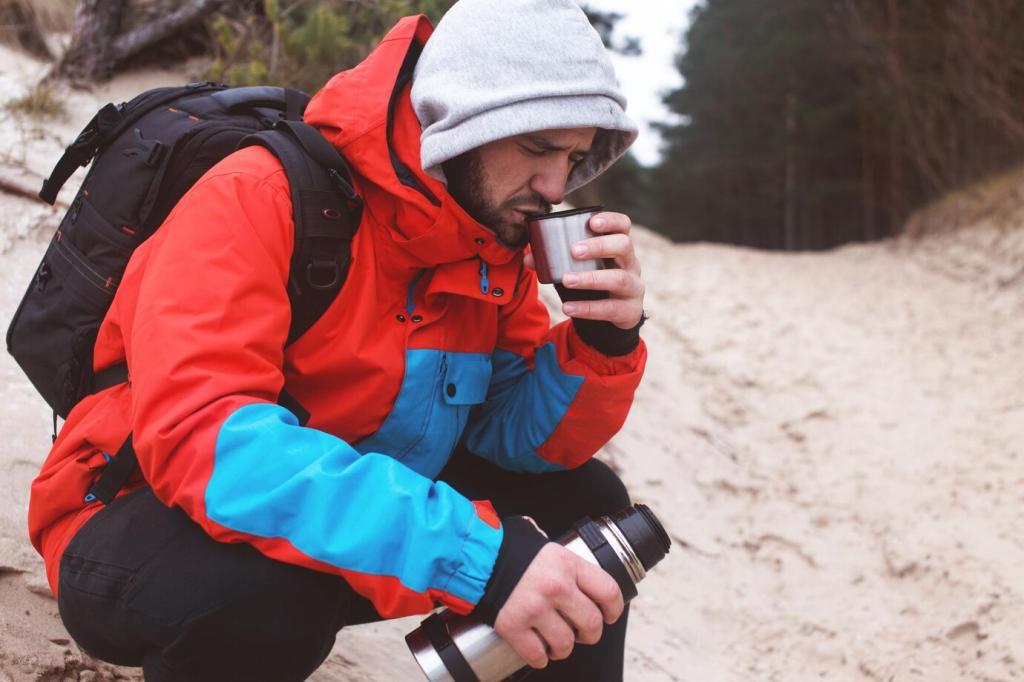Heat, High Sun, and Desert Monsoon Awareness
Beat heat by hiking pre-dawn, napping through the oven hours, and sipping consistently with electrolytes. Our crew cached water, embraced siestas, and finished strong while others staggered late. Your best summer miles happen before breakfast.
Heat, High Sun, and Desert Monsoon Awareness
UV intensifies with elevation and reflects brutally off snow. Sunscreen, sun hoodies, and glacier glasses prevented the classic raccoon tan and eye strain on our alpine loop. Don’t forget lips and the underside of your nose—sunburn finds every gap.
Heat, High Sun, and Desert Monsoon Awareness
Afternoon cells often build predictably, but outliers happen. We checked NOAA point forecasts and local ranger notes, then set a strict entry window for a canyon. Have you used community reports to adjust your desert plans? Share your most useful sources.
Heat, High Sun, and Desert Monsoon Awareness
Lorem ipsum dolor sit amet, consectetur adipiscing elit. Ut elit tellus, luctus nec ullamcorper mattis, pulvinar dapibus leo.


